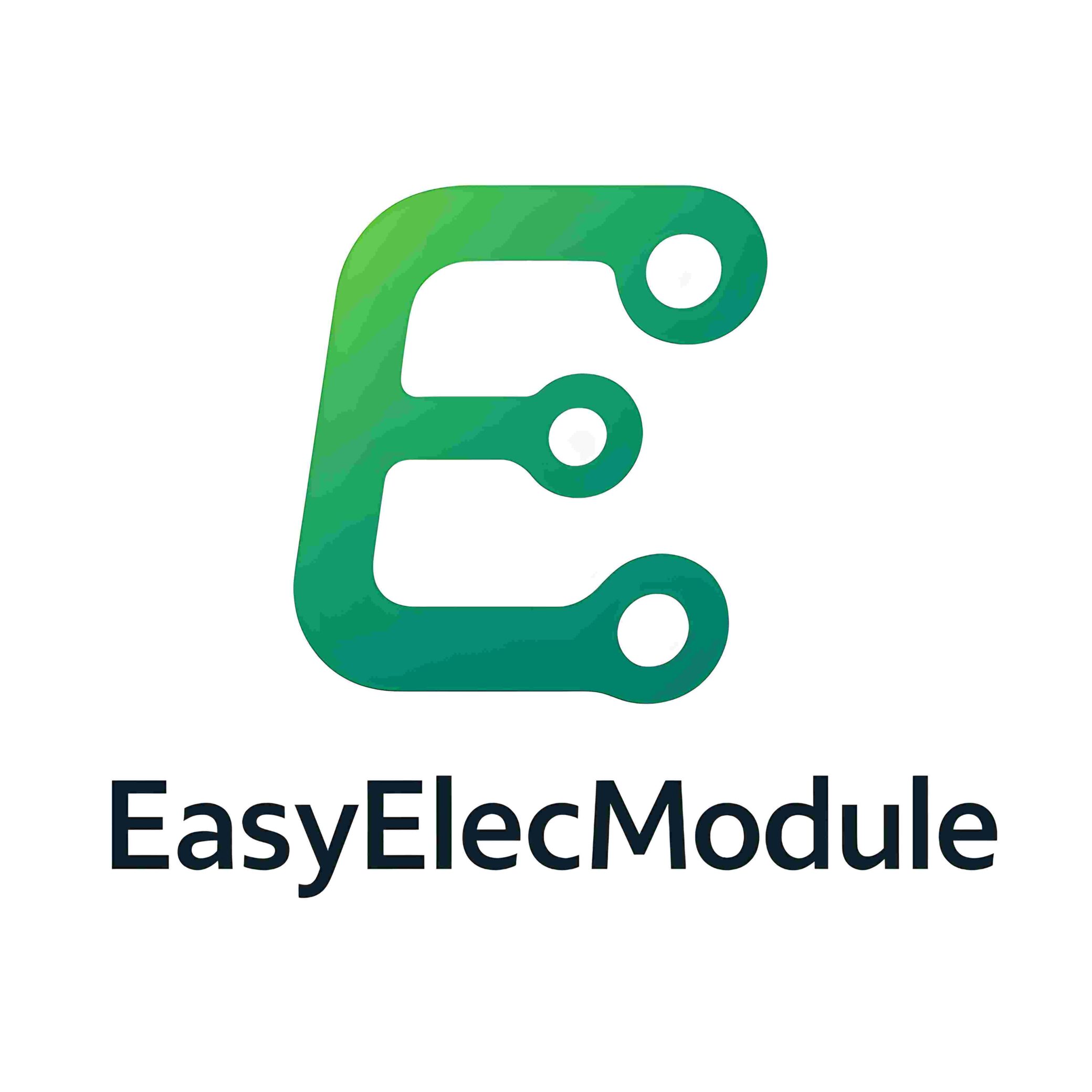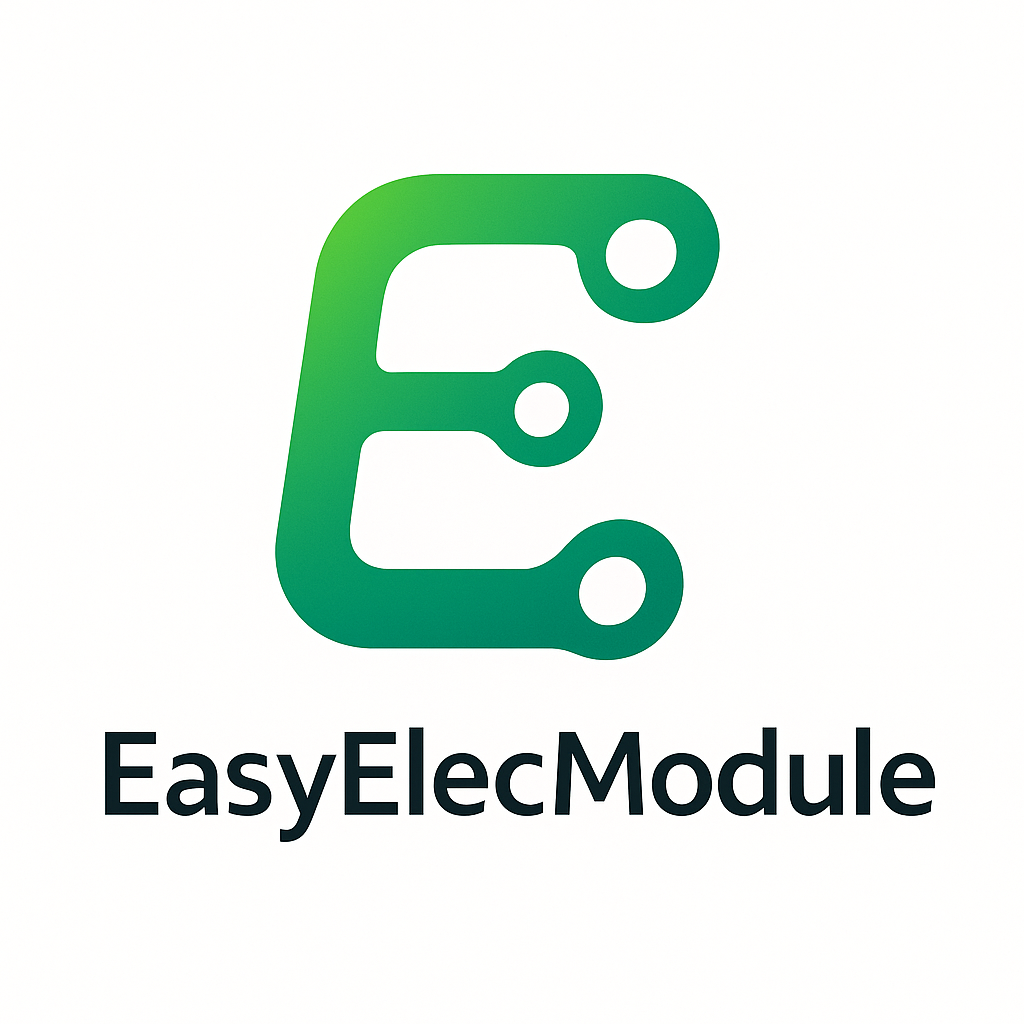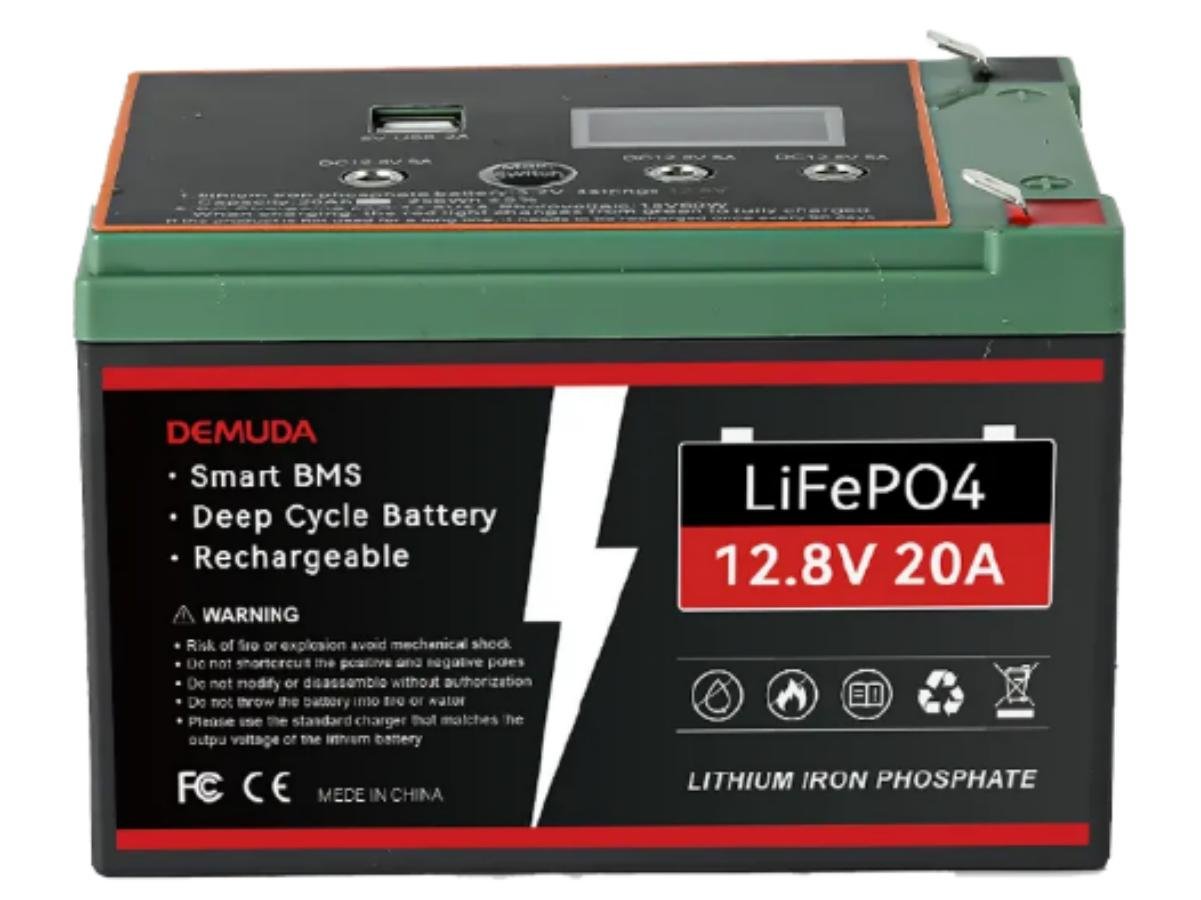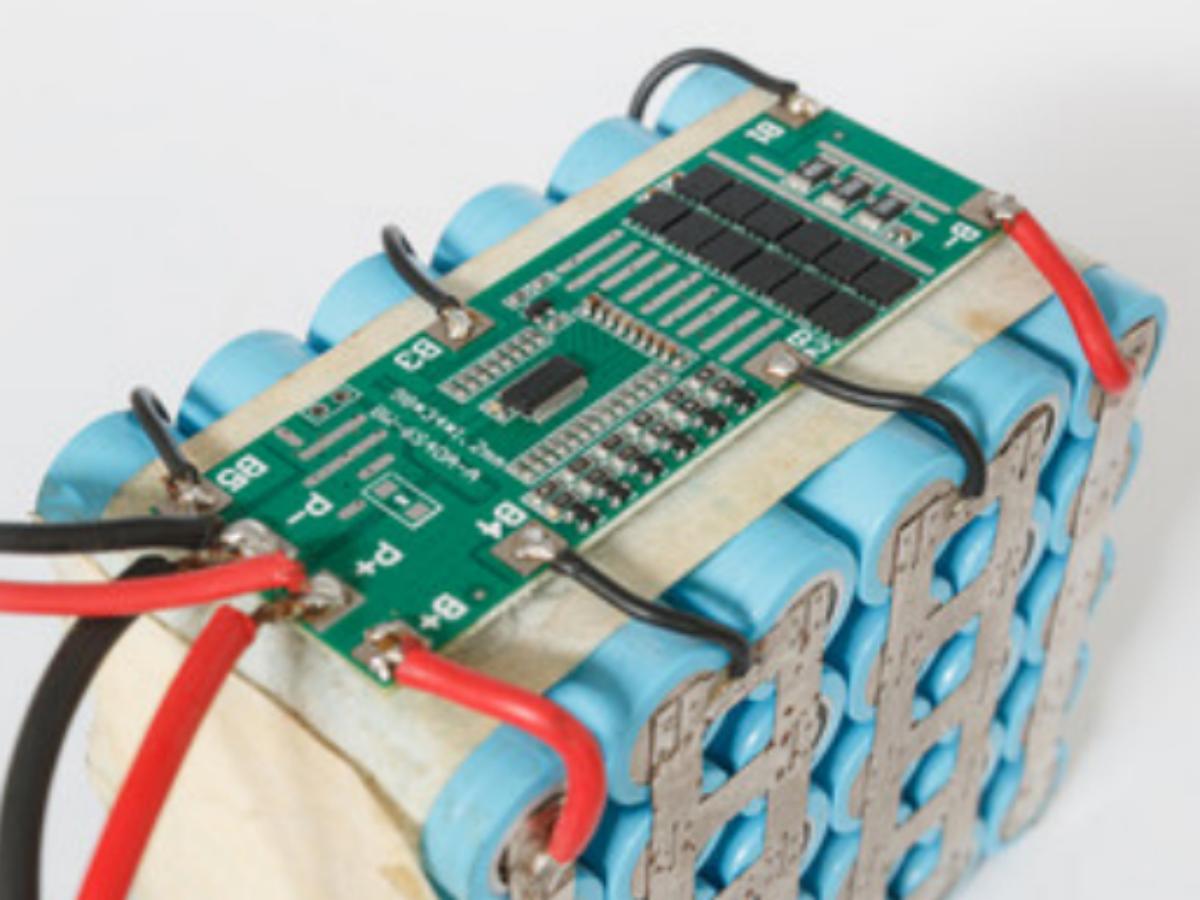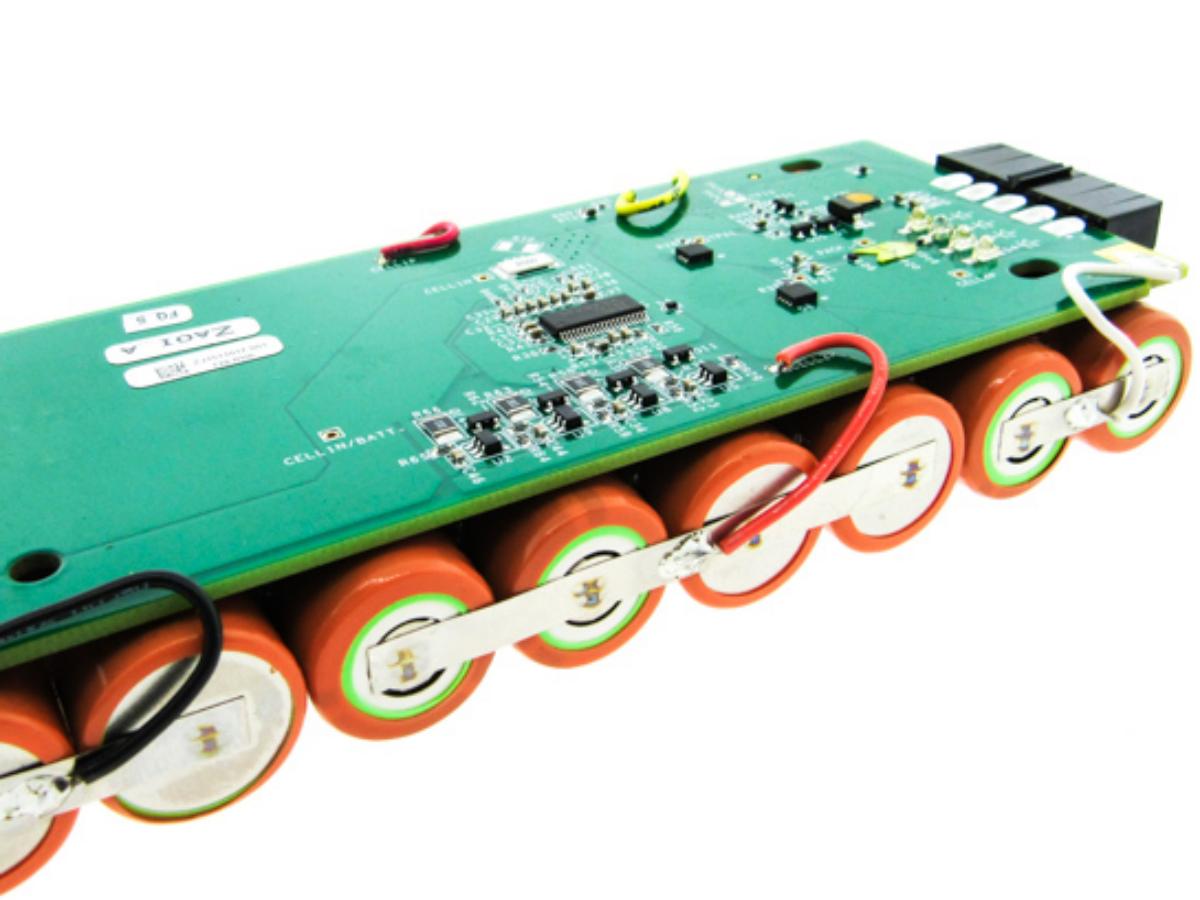
Table of Contents
Electricity is indispensable in our lives, and a growing number of devices now operate on batteries. As the “battery manager”, the Battery Management System (BMS) is an essential component. However, BMS varies across different application scenarios. To protect your battery effectively, you need to select the most suitable BMS based on specific functional requirements and usage scenarios.
BMS Architecture
First, let’s gain a general understanding of the main types of BMS architectures:
- Centralized BMS: Cost-Effective Choice for Small-to-Medium-Sized Systems
A centralized BMS monitors all battery cells directly through a single control unit. It features a simple structure, low cost, and no need for complex inter-module communication, making it ideal for scenarios with a small number of cells and compact space. For battery packs with small scale and low wiring difficulty, the “single-point management” mode of centralized BMS is sufficiently efficient.
However, this architecture has obvious limitations: if the scale of the battery pack expands, it will lead to messy wiring and difficult fault diagnosis. Moreover, if the central controller fails, the entire system will shut down (single-point failure risk). Although Tesla Model S adopts a centralized architecture, it only adapts to large-scale battery packs through customized wiring design and algorithm optimization—this is difficult to replicate in ordinary scenarios.
- Modular BMS: Flexible Solution for Medium-Sized Systems
A modular BMS splits the battery pack into multiple modules, with each module equipped with an independent BMS board. A main controller then coordinates the work of all modules. During maintenance, only faulty modules need to be replaced without disassembling the entire battery pack; for expansion, you can simply increase the number of modules without redesigning the overall circuit. For example, the battery pack of BMW i3 is divided into multiple modules, and the BMS board of each module performs independent monitoring. Technicians can quickly locate faulty modules, significantly reducing maintenance time.
Modular BMS has lower costs than distributed architecture. However, it still requires physical wiring between modules—if the system scale is too large, wiring complexity will still increase.

- Distributed BMS: Safe and Redundant Option for Large-Scale Systems
A distributed BMS equips each cell or small battery pack with an independent controller, which is directly installed next to the cell. Only a small number of communication cables are needed for connection, completely simplifying wiring. More importantly, the “decentralized” design provides strong redundancy—even if one controller fails, other modules can still work normally without affecting the operation of the entire system.
This architecture is the first choice for large-scale high-voltage systems, such as grid energy storage, new energy vehicles, and aerospace equipment. The battery pack of Nissan Leaf adopts a distributed architecture: the independent controller of each battery module can accurately monitor the voltage and temperature of individual cells. Even if one module malfunctions, the system can protect other modules by actively cutting off power, greatly improving safety. However, distributed BMS has higher costs and stricter requirements for controller consistency, making it unsuitable for small-scale scenarios.
- Master/Slave BMS: “Balancer” Between Cost and Scalability
The master/slave BMS combines the simplicity of centralized architecture and the flexibility of modular architecture: the master controller is responsible for core calculations (e.g., SOC/SOH estimation, external communication), while slave modules only collect data (voltage, temperature) and upload it to the master controller without participating in decision-making. Under this architecture, slave modules have a simple structure and low cost, while the master controller can focus on complex logic. It is suitable for scenarios sensitive to cost but requiring a certain level of scalability.
Comparison Dimension | Centralized BMS | Distributed BMS | Modular BMS | Master/Slave BMS |
Core Architecture | Single main control board integrating all functions | Main control board + multiple slave control boards (collection + local control) | Main coordinator + multi-functional modules (independent subsystems) | Master controller (decision-making) + multiple slave modules (collection) |
Redundancy Capability | None (single-point failure) | High (slave controller failure does not affect the whole system) | Extremely high (subsystems operate independently) | Low (slave module failure affects part of the system) |
Hardware Cost | Lowest | Medium | Highest | Medium-Low |
Wiring Complexity | Low (small systems) / High (large systems) | Low (short collection cables + bus) | Low (wiring within subsystems) | Low (short collection cables + simplified bus) |
Scalability | Poor (≤20 series cells) | Good (≥50 series cells) | Excellent (unlimited, building-block type) | Medium (≤80 series cells) |
Applicable Voltage/Number of Series Cells | ≤100V / ≤20 series cells | ≥300V / ≥50 series cells | ≥500V / Unlimited | 100-300V / 20-80 series cells |
Typical Applications | 12V/48V auxiliary batteries, e-scooters | 400V/800V traction batteries, energy storage | Grid energy storage, electric heavy-duty trucks | Mid-range electric vehicles, medium-sized energy storage |
How to Select a BMS Architecture?
- Battery System Scale: Centralized BMS for small low-voltage systems; distributed/modular BMS for large high-voltage systems; master/slave BMS for medium-sized systems.
- Reliability Requirements: Distributed/modular BMS for aerospace/energy storage (needing high redundancy); centralized BMS for low-cost household devices.
- Cost Budget: Centralized BMS for extreme cost control; master/slave BMS for balancing cost and performance; distributed/modular BMS for performance priority.
- Scalability Needs: Centralized BMS for fixed capacity; distributed/modular BMS for later capacity expansion.
- Installation & Maintenance: Centralized BMS for limited space; distributed/modular BMS for high maintenance convenience requirements.

Scenario-Specific Selection Examples
- Electric Vehicles (EVs, including Plug-in Hybrid Electric Vehicles – PHEVs)
For EVs, high-voltage safety, high reliability, and thermal management linkage are key priorities.
- Voltage: High voltage (200V~800V; e.g., Tesla Model S uses 375V, BYD Han uses 570V).
- Current: Rated 100~300A, peak 500~1000A (to meet acceleration/quick charging needs).
- Battery Type: Ternary lithium (high energy density) or lithium iron phosphate (LiFePO4, high safety; e.g., BYD Blade Battery).
- Architecture Selection: Distributed BMS (master controller BMU + slave module BCMU)Reason: High-voltage multi-cell systems require split management. Slave modules are placed close to cells to collect voltage/temperature, reducing high-voltage wiring risks; dual MCU redundancy is supported to meet ISO 26262 ASIL-B/D safety standards.
- Thermal Management Linkage: Communicate with liquid cooling/air cooling systems to control the temperature difference between cells within 5℃ (e.g., CATL BMS).
- Active Balancing: Balancing current ≥5A to improve battery pack consistency by over 15% and extend cycle life.
- Harsh Environment Resistance: Operating temperature range of -40℃~85℃, IP6K9K protection (resistant to high-pressure washing), and vibration resistance compliant with ISO 16750.
- Selection Example: Automotive-grade distributed BMS (e.g., Tesla’s self-developed BMS, CATL EV BMS).
- Energy Storage Systems (ESS, includinghousehold/industrial-commercial/photovoltaic energy storage)
For ESS, long service life, flexible expansion, wide temperature adaptability, and grid compatibility are critical.
- Voltage: Medium voltage (48V/110V/220V; 48V for household use, 384V for industrial-commercial use).
- Current: Rated 30~100A (50A for household use, 100A for industrial-commercial use).
- Battery Type: LiFePO4 (long cycle life, ≥1500 cycles, suitable for long-term energy storage).
- Architecture Selection: Modular BMS (split into modules by number of series cells)Reason: Supports flexible capacity expansion (e.g., 16-series → 24-series, 5kWh → 15kWh). When a module fails, only the single module needs to be replaced, reducing maintenance costs.
- Active Balancing: Balancing efficiency ≥85% to reduce cell voltage difference (target ≤50mV) and avoid capacity attenuation.
- Communication Compatibility: Supports RS485/Modbus for connection to inverters and photovoltaic MPPT controllers.
- Outdoor Adaptability: Wide temperature range of -20℃~60℃ (low-temperature preheating function required), IP65 protection (dustproof/waterproof).
- Selection Example: Modular LiFePO4-specific BMS (e.g., Keli Energy Storage BMS, Sungrow ESS BMS).

- Electric Bicycles (e-bikes, including electric scooters)
For e-bikes, low cost, compact integration, waterproofing, and basic safety protection are key concerns.
- Voltage: Low voltage (36V/48V, mostly 10S/13S ternary lithium).
- Current: Rated 10~20A, peak 20~30A (to meet hill-climbing needs).
- Battery Type: Ternary lithium (high energy density, suitable for portability) or LiFePO4.
- Architecture Selection: Centralized BMS (all functions integrated on a single PCB)Reason: Small number of cells (10~15 series), so centralized collection is more concise; low cost, suitable for consumer-grade pricing.
- Waterproof Rating: IPX5 (splash-proof for rainy-day riding), IPX7 (short-term submersion) for high-end models.
- Basic Protection: Overcharge (8.4V per cell), over-discharge (2.5V per cell), overcurrent (30A cutoff), overtemperature (shutdown at 60℃).
- Optional Functions: Bluetooth communication (APP to check SOC/mileage; e.g., Xiaomi M365 BMS, Ninebot Max BMS).
- Selection Example: Consumer-grade centralized BMS (e.g., Prophete BMS, domestic compatible BMS).
- Consumer Electronics (Power Banks / Laptops / Smart Devices)
For consumer electronics, compact integration, low power consumption, fast-charging compatibility, and low cost are essential.
- Voltage: Low voltage (single-series 3.7V / dual-series 7.4V; e.g., 1 series for power banks, 3~4 series for laptops).
- Current: Rated 1~10A (20W fast charging for power banks = 5V/4A, 100W for laptops = 20V/5A).
- Battery Type: Lithium polymer (thin, suitable for in-device installation), 18650 cylindrical lithium (commonly used in power banks).
- Architecture Selection: Highly Integrated Centralized BMS (often integrated with charging chips; e.g., TI BQ25895)Reason: Limited space (e.g., only 1~2 PCBs fit inside a power bank), requiring an ultra-simplified design; integrates fast-charging protocols (PD/QC) to reduce component count.
- Low Power Consumption: Standby current ≤10μA (to prevent battery self-discharge; e.g., power banks can be stored for 1 year without over-discharge).
- Fast-Charging Compatibility: Supports PD3.0/QC4.0 (e.g., 20W fast charging for power banks, 65W fast charging for laptops).
- Miniaturization: PCB size ≤20mm×30mm (to fit inside devices).
- Selection Example: Integrated IC BMS (e.g., TI BQ Series, Linear Technology LTC Series).

- Medical Equipment (Infusion Pumps / Monitors / Portable Ultrasound Devices)
For medical equipment, high precision, low power consumption, medical safety certification, and stable power supply are critical.
- Voltage: Low voltage (2~4 series, 7.4V/11.1V; e.g., 2-series 7.4V for infusion pumps).
- Current: Rated 1~5A (low-power devices; e.g., monitors only require 1A).
- Battery Type: Ternary lithium (high energy density, suitable for portability).
- Architecture Selection: High-Precision Centralized BMS (with independent voltage collection chips; e.g., ADI AD8280)Reason: Medical equipment requires accurate SOC (remaining power) display (error ≤5%) to avoid power supply interruptions.
- High-Precision Detection: Voltage collection error ≤10mV (to ensure accurate SOC calculation), temperature detection error ≤0.5℃.
- Medical Certification: Compliance with IEC 60601-1 (EMC, electric shock protection); some require FDA certification.
- Low Power Consumption: Operating current ≤50mA, standby current ≤5μA (to extend device battery life; e.g., infusion pumps can work continuously for over 8 hours).
- Selection Example: Medical-grade centralized BMS (e.g., ADI Medical-Specific BMS, Kelu Medical BMS).
- Marine / RV Applications (Yacht Power Supply, RV Energy Storage)
For marine/RV use, corrosion resistance, high humidity adaptability, and multi-energy compatibility (solar/on-board charging) are key.
- Voltage: Medium voltage (48V/120V; 48V for RVs, 120V for yachts).
- Current: Rated 50~200A (high current required for yacht propulsion, 50A for daily RV loads).
- Battery Type: LiFePO4 (resistant to overcharge/over-discharge, suitable for harsh environments).
- Architecture Selection: Corrosion-Resistant Distributed BMS (modules coated with three-proof paint; e.g., Orion BMS 2)Reason: Marine environments have high salt spray and humidity; distributed modules can be installed separately to reduce single-point failure risks; supports multiple charging sources (solar energy, on-board generators).
- Corrosion Resistance: PCB coated with three-proof paint (moisture-proof/salt spray-proof), IP67 protection rating.
- Multi-Energy Management: Supports dual charging inputs (solar + on-board) with automatic priority switching.
- Communication Protocols: Compatibility with NMEA2000 (marine monitoring systems) and RV-C (RV standards).
- Selection Example: Marine/RV-Grade Distributed BMS (e.g., Redarc BMS, Orion BMS 2).
- Industrial Tools (Electric Drills / Electric Saws, etc.)
For industrial tools, vibration resistance and durability (frequent charging/discharging) are essential.
- Voltage: Medium-Low voltage (18V/36V; e.g., Makita 18V, Dyson V6 21.6V).
- Current: Rated 10~30A (peak 30A for electric drills, to meet impact loads).
- Battery Type: Ternary lithium (high-rate discharge, suitable for instantaneous high power).
- Architecture Selection: Vibration-Resistant Centralized BMS (with reinforced PCB fixation; e.g., Makita 18V BMS)Reason: Tools experience frequent vibration during use, so centralized structures are more impact-resistant; small number of cells (5~10 series).
- Vibration Resistance: Compliance with IEC 60068-2-6 (10~2000Hz vibration test).
- Durability: Cycle life ≥500 times (to adapt to frequent charging/discharging of tools).
- Selection Example: Industrial-Grade Centralized BMS (e.g., Makita Original BMS, Dyson-Specific BMS).

Others
Despite the differences in types of battery management systems, they generally operate in similar ways:
- Data Collection: Continuously monitor the voltage, current, and temperature of each battery or module.
- State Estimation: Algorithms use collected data to calculate SOC (State of Charge), SOH (State of Health), and SOP (State of Power).
- Charge-Discharge Management: The BMS controls charging cycles and limits discharge based on battery conditions.
- Thermal Regulation: Ensure optimal temperature through active cooling or heating systems.
- Communication: Exchange real-time data with the host system via CAN, UART, RS485, or TTL.
Therefore, regardless of the type, a high-quality BMS should provide:
- High-Precision Monitoring: Accurate detection of voltage, current, and temperature to ensure safe operation.
- Multiple Protections: Overcharge, over-discharge, short-circuit, and overcurrent protection.
- Balancing Function: Passive or active battery balancing to extend battery life.
- Customizable Protocols: Support for CAN, RS485, UART, and TTL to facilitate system integration.
- Low Power Consumption: Indispensable for portable or long-term standby systems.
Product Purchase:
https://easyelecmodule.com/product/battery-management-systems-bms-24s/
https://easyelecmodule.com/product/battery-management-systems-bms-10-to-24s/
https://easyelecmodule.com/product/battery-management-systems-bms-30s/
https://easyelecmodule.com/product/battery-management-systems-bms-32s/
https://easyelecmodule.com/product/battery-management-systems-bms-relay-30s/
For more models, please visit the official website
